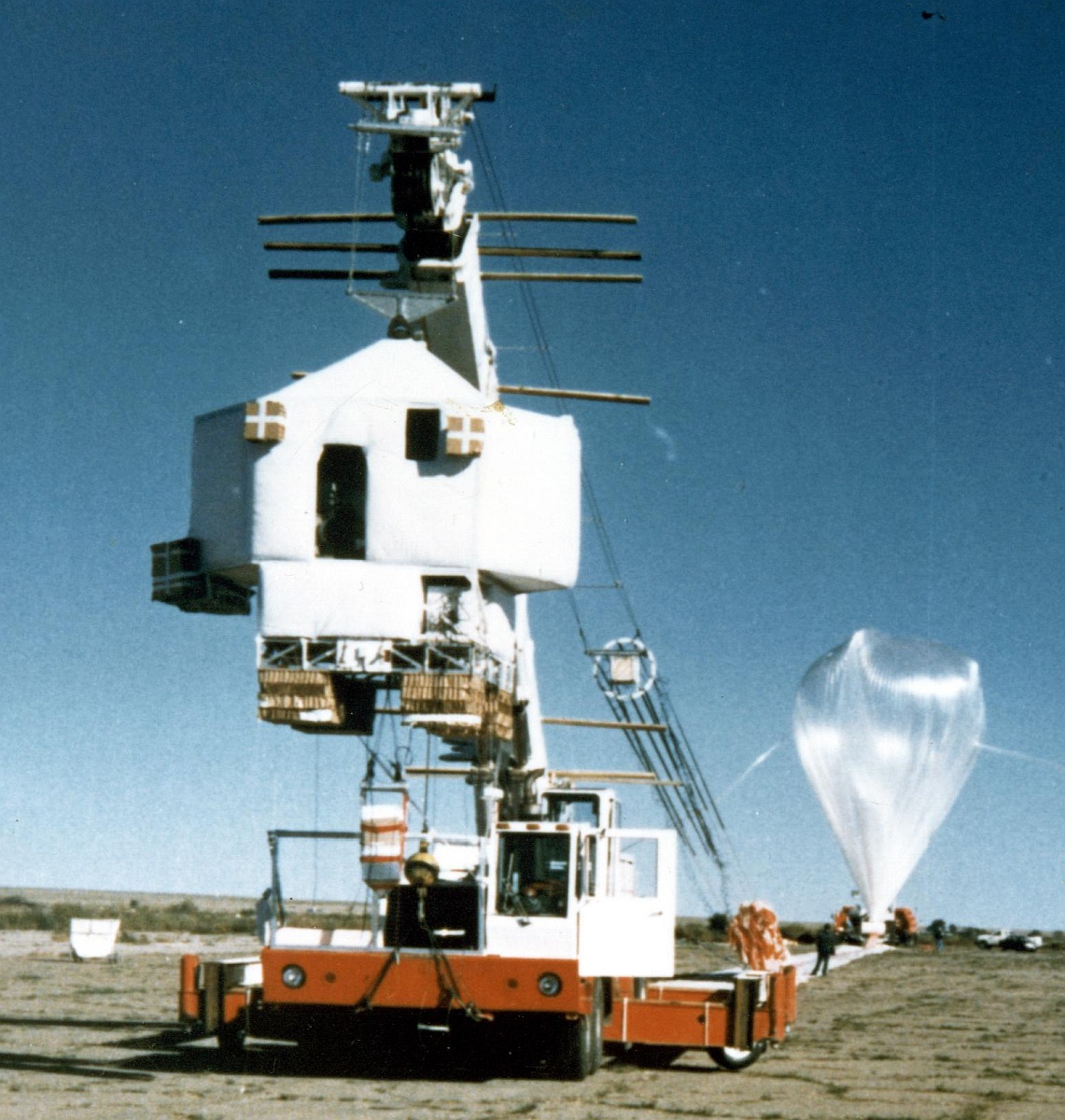Purpose of the flight and payload description
An instrument for atmospheric ozone In Situ measurements.
The photometer's primary components are a mercury lamp, two identical sample chambers, two detectors, and a scrubber. The lamp provides 254 nm radiation that is transmitted through the length of the chambers to the detectors, one chamber containing the air sample with ozone and other containing air with the ozone removed.
Ozone strongly absorbs this wavelength, allowing virtually continuous measurements of ozone by comparing the detected signals in the two chambers, and periodically alternating the roles of the two chambers.
Details of the balloon flight
Balloon launched on: 5/31/1993 at 12:15 utc
Launch site: Scientific Flight Balloon Facility, Fort Sumner, (NM), US
Balloon launched by: National Scientific Balloon Facility (NSBF)
Balloon manufacturer/size/composition: Zero Pressure Balloon SF3-424.37-080-NSCHR-04-ST
Balloon serial number: W29.47-3-18
Flight identification number: 361N
End of flight (L for landing time, W for last contact, otherwise termination time): 6/1/1993 at 12:41 utc
Landing site: 20 miles W of Belen, New Mexico, US
Campaign: UARS
External references
- Measurement of stratospheric HBr using high resolution far infrared spectroscopy Geophysical Research Letters 22 (23) , pp. 3207-3210
- NASA Balloon Flights (1989-1998) in NASA Historical Data Book, Vol. VII: NASA Launch Systems, Space Transportation, Human Spaceflight, and Space Science, 1989-1998
- Osservazioni da pallone stratosferico IROE website
614If you consider this website interesting or useful, you can help me to keep it up and running with a small donation to cover the operational costs. Just the equivalent of the price of a cup of coffee helps a lot.




